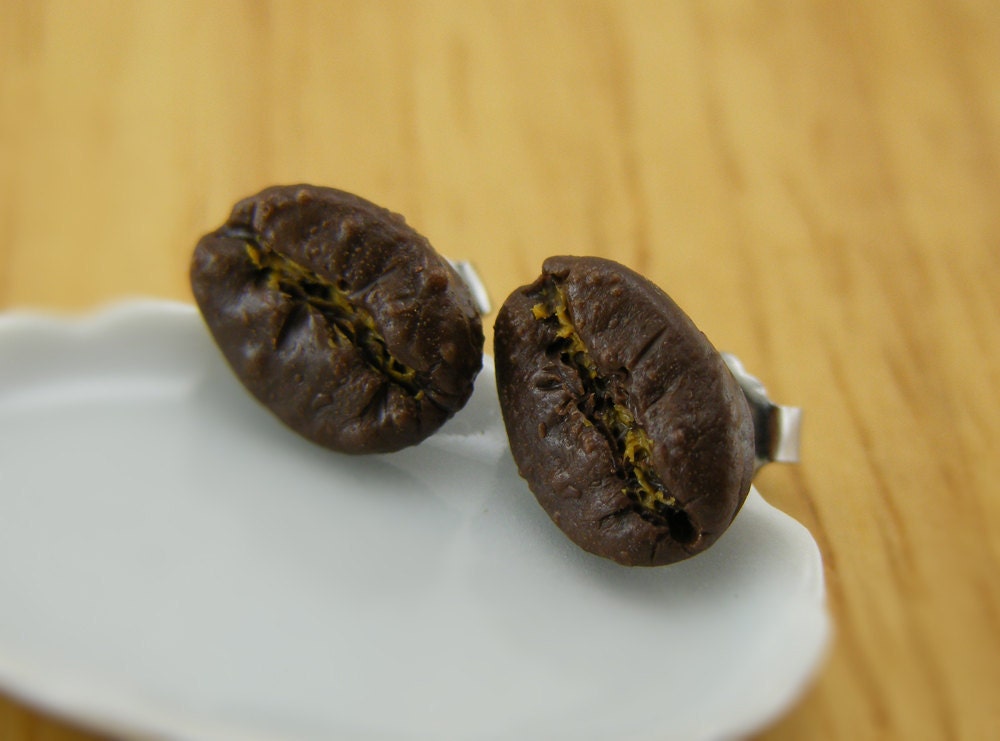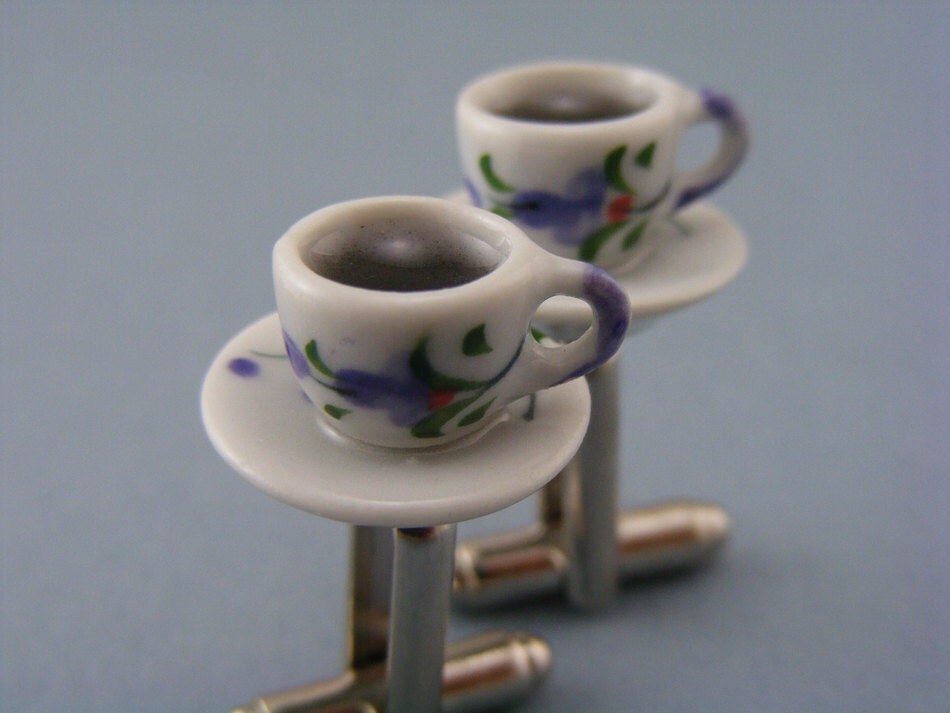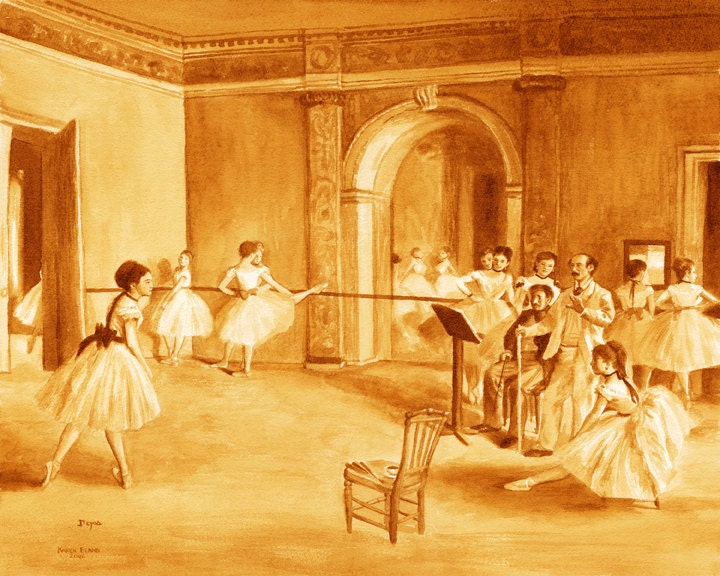How to remove coffee stains from a white tablecloth
If you’re a fan of both entertaining and coffee, the chances are that at some point you’ll end
up with a coffee spillage on your tablecloth or napkins. Whether it’s an over-enthusiastic
guest, an over-full cup or a moment of distraction when using the coffee machine, it only
takes a few drops to mark a white cloth. Don’t despair, though – most coffee marks are
relatively easy to remove and shouldn’t leave a permanent stain. Here’s what to do:
1. The quicker you can act, the better – if possible, tackle the spill while it’s still wet. Dab
up any residue with kitchen roll, taking care not to rub too hard and spread the stain.
Rub a little washing liquid into the stain and leave it for a few minutes, then rinse
thoroughly with cold water. If you’ve caught it early enough, this should remove the
mark completely, and you can then wash and dry the cloth as normal. If you missed
the spill the night before and don’t find it until the next morning when it’s thoroughly
dried into the fabric, don’t panic! The mark should still come out, it may just need a
little extra effort.
2. Make up a solution of one part wine vinegar to three parts cold water, and add a
little washing liquid or powder. Holding the cloth over the sink, work the solution well
into the stained area with your fingers and leave it to soak for 10 – 15 minutes. Rinse
thoroughly with cold water.
3. Launder the cloth as usual, adding a capful of bleach if the fabric is suitable (check
the label first). Don’t tumble dry the cloth, as if there is any residual staining you risk
setting it into the fabric. Check the area, and if there’s still a mark repeat steps two
and three again.
It’s a good idea to use a table protector under any cloth, so that any spills don’t mark the
table underneath. Happy entertaining!











